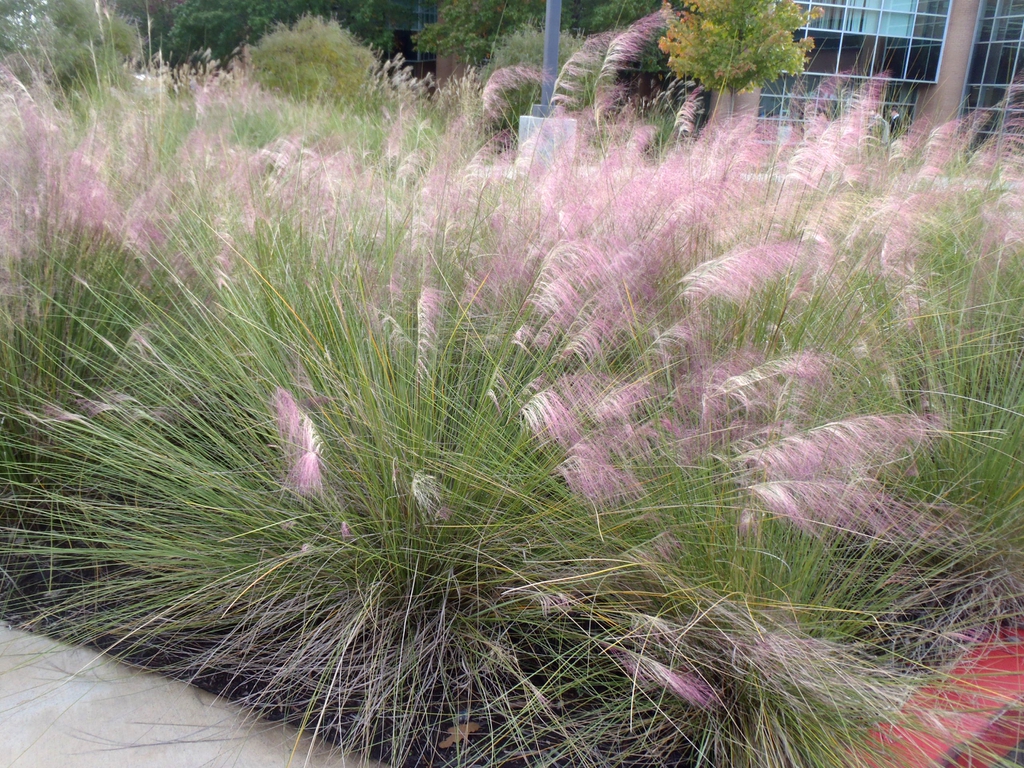Ornamental Grasses in the Landscape
go.ncsu.edu/readext?869891
en Español / em Português
El inglés es el idioma de control de esta página. En la medida en que haya algún conflicto entre la traducción al inglés y la traducción, el inglés prevalece.
Al hacer clic en el enlace de traducción se activa un servicio de traducción gratuito para convertir la página al español. Al igual que con cualquier traducción por Internet, la conversión no es sensible al contexto y puede que no traduzca el texto en su significado original. NC State Extension no garantiza la exactitud del texto traducido. Por favor, tenga en cuenta que algunas aplicaciones y/o servicios pueden no funcionar como se espera cuando se traducen.
Português
Inglês é o idioma de controle desta página. Na medida que haja algum conflito entre o texto original em Inglês e a tradução, o Inglês prevalece.
Ao clicar no link de tradução, um serviço gratuito de tradução será ativado para converter a página para o Português. Como em qualquer tradução pela internet, a conversão não é sensivel ao contexto e pode não ocorrer a tradução para o significado orginal. O serviço de Extensão da Carolina do Norte (NC State Extension) não garante a exatidão do texto traduzido. Por favor, observe que algumas funções ou serviços podem não funcionar como esperado após a tradução.
English
English is the controlling language of this page. To the extent there is any conflict between the English text and the translation, English controls.
Clicking on the translation link activates a free translation service to convert the page to Spanish. As with any Internet translation, the conversion is not context-sensitive and may not translate the text to its original meaning. NC State Extension does not guarantee the accuracy of the translated text. Please note that some applications and/or services may not function as expected when translated.
Collapse ▲Are you missing a little something in the landscape, but don’t quite know what it is? Ornamental grasses may be just what you’re looking for. Most are hardy, easy to maintain, and have few insect and disease problems. They can have year-round interest and add color and texture to many areas in the landscape.
True grasses and sedges are referred to as ornamental grasses. Most are perennial, some are annual, living for only one season. Their growth habits are either clumping, increasing in diameter, or spreading, expanding by stems above or

Ornamental grass
below ground. Most ornamental grasses in our area are warm-season. Their period of growth is spring and summer, bloom in late summer into fall, and then go dormant during winter. Their foliage is fine to coarsely textured leaf blades that have an arching or upright habit. Many have showy flower heads that last for weeks or months. They are best planted in spring.
Most ornamental grasses must have well-drained soil and full sun. Planting in raised beds will help with drainage issues. After they are established, they tend to be drought tolerant. Some will thrive in moist or even wet soil and some, like sedges, can tolerate shade. When planting, be sure to give them ample room for their mature height and spread. Some will grow up to 15 feet and can easily overtake other areas in the landscape. They usually need little fertilizer, a soil test can provide recommendations. Cut them back in late winter or early spring before the new season’s growth starts. To help invigorate them, divide every 3 or 4 years or they may become thin or begin to die in the center.
There are many ornamental grass species that are native to North America including plants like the big bluestem, pink muhly grass, river oats, switchgrass and indiangrass. Some are original to prairie habitats. These native plants and their cultivars grow from 1/2 foot to 8 feet tall. There are several non-native grasses that readily reseed and are able to escape into the natural environment. Plants not recommended are the Japanese blood grass (cogongrass), giant reed, pampas grass, and invasive varieties of maiden grass. Most grasses have fibrous root systems, so care must be taken when planted near natural or wetland areas. For more information, visit Ornamental Grasses and Grass-Like Plants.
With their striking growth habits, ornamental grasses can provide interest in the landscape as accent plants, in perennial borders or grown in containers. Their root systems can stabilize hillside plantings for erosion control. They can sway easily on a breeze, soften hardscapes like walls and corners, and lead you down an inviting footpath. Ornamental grasses may be just what you’ve been looking for.
Gail Griffin is an Extension Master Gardener Volunteer with North Carolina Cooperative Extension in Lee County.




